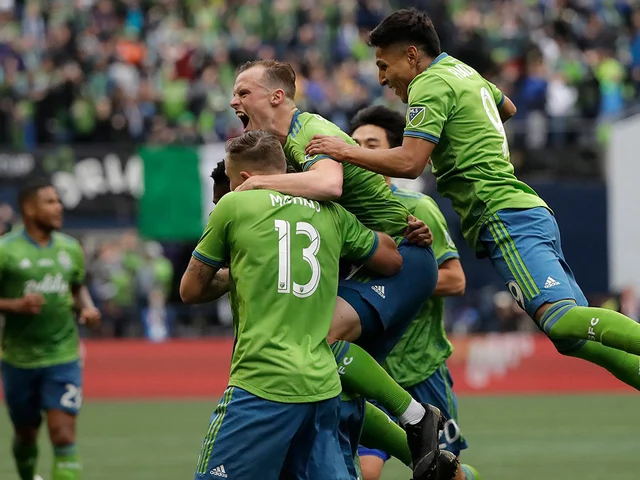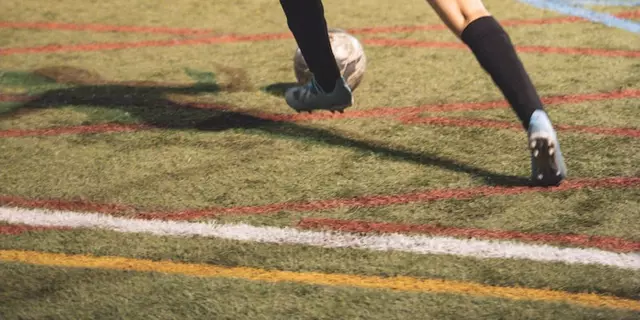The Basics of Soccer Positions
Before we delve into the specifics of each position, it's important to understand that soccer, or football as it's known in most parts of the world, is a game that requires a blend of individual skills and team strategy. Each player has a specific role to play, and the overall success of the team depends on how well these roles are executed.
The positions in soccer are typically divided into three main categories: defenders, midfielders, and forwards. Each of these categories contains various positions, and the specific responsibilities of these positions can vary depending on the formation used by the team. Now, let's take a closer look at each category and the positions within them.
Defending the Goal: Goalkeeper and Defenders
The first line of defense in any soccer team is the goalkeeper. This player's primary responsibility is to stop the opposition from scoring by blocking shots on goal. The goalkeeper is the only player allowed to use their hands, but only within the penalty area.
Protecting the goal alongside the goalkeeper are the defenders. Central defenders, also known as centre-backs, are usually positioned in front of the goal and are tasked with blocking the opposition's forwards. Full-backs, on the other hand, operate on the flanks and have the job of blocking wingers and supporting attacking plays. In some formations, there might also be wing-backs, who have more attacking responsibilities than full-backs.
Linking Defense and Attack: Midfielders
Midfielders are the heart of any soccer team. They link the defense with the attack and are involved in both defensive and offensive plays. Central midfielders play in the middle of the field and can be split into attacking midfielders, who support the forwards, and defensive midfielders, who help the defenders. Wingers operate on the flanks and are typically responsible for crossing the ball into the penalty area.
Scoring Goals: Forwards
The main objective of forwards, also known as strikers, is to score goals. They are often the team's main threat on goal and are usually the players with the best shooting abilities. Depending on the formation, there might be one or two strikers, and in some cases, there might also be a supporting striker, also known as a second striker.
Understanding Formations
Formations in soccer are a way of positioning players on the field. They are usually described using three or four numbers, such as 4-4-2 or 4-3-3. The first number represents the number of defenders, the second number represents the number of midfielders, and the third number represents the number of forwards. In a 4-4-2 formation, for example, there are four defenders, four midfielders, and two forwards.
The Role of the Coach
The coach, or manager, is a crucial part of any soccer team. They are responsible for deciding the formation and tactics, and for selecting the players for each position. The coach's decisions can have a major impact on the performance of the team, and they need to be able to adapt their tactics depending on the opposition and the state of the game.
Conclusion: The Beauty of Soccer
In conclusion, the different positions in soccer each have their own unique roles and responsibilities, and the success of a team depends on how well these roles are fulfilled. From the goalkeeper to the strikers, each player has a crucial part to play in the game. This is one of the reasons why soccer is such a beautiful and fascinating game. It's not just about individual skills, but also about teamwork and strategy.




Write a comment